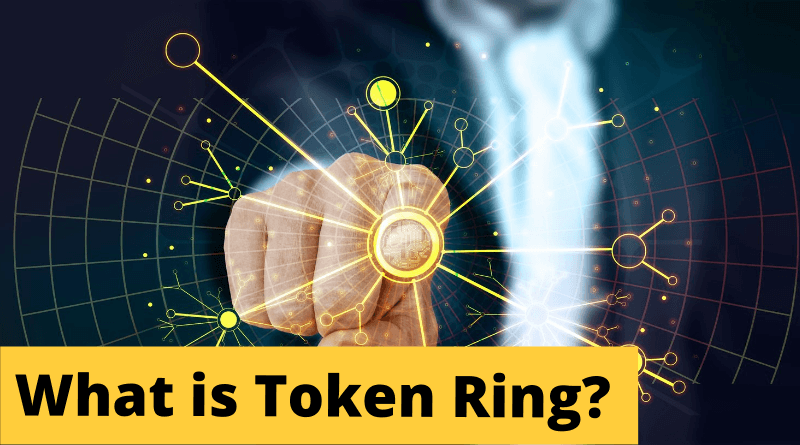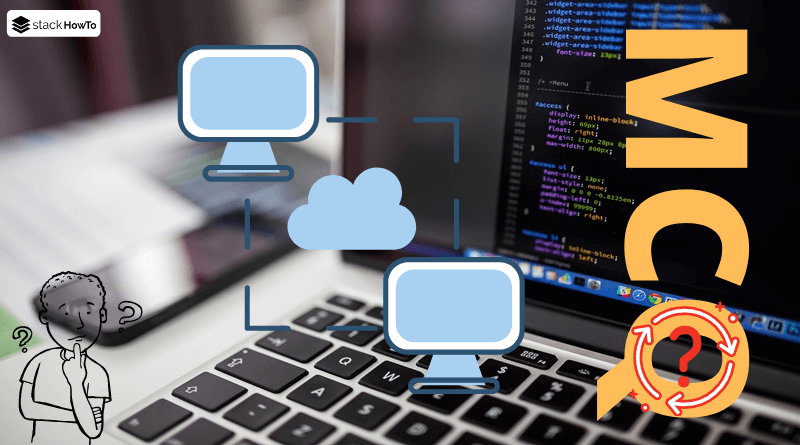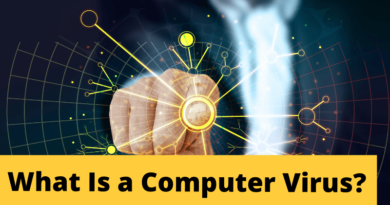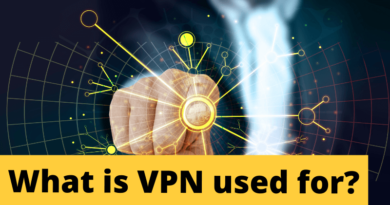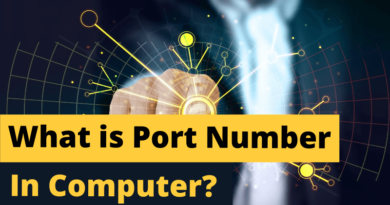What is Token Ring?
In this tutorial, we are going to see What is Token Ring? Token Ring is a local area network protocol that operates on the Physical and Link layers of the OSI model. It uses a special three-byte frame, called a token, that circulates in a single direction around a ring. Token Ring frames move around the ring in a single direction that is always the same.
When a computer holds the token, it can send for a certain period of time, after which it gives the token to the next computer.

Image source: www.wikimedia.org
In reality, the computers of a “token ring” network are not arranged in a loop, but are connected to a dispatcher (called MAU, Multistation Access Unit) which will give successively “the word” to each of them.
Image source: www.wikimedia.org
A typical Token Ring loop could be 6 km long. It is useful to remember that at 16 Mbit/s each bit transmitted occupies 18 meters of length on the wire.
The token represents the right to transmit. Each station passes it (repeats it) on the ring, to the station that has been predefined as the next station. A station wishing to transmit keeps it for the time necessary to transmit a frame, then sends the token after this frame to indicate that the cable is free. If a station fails, action is taken to block access to the token for the station that has failed. Token Ring typically uses Manchester differential bit coding on the medium.
A Token Ring was limited to 250 stations (not 256!), not because of bit numbering issues, but because of transmission frequency issues.
IBM popularized the use of Token Ring networks in the mid-1980s, with the IBM Token-Ring architecture based on multi-station active access units (MSAU or MAU) and the IBM Structured Cabling System. The IEEE later standardized the Token Ring network under the reference IEEE 802.5.
Thus, the original Token Ring architecture required a physical and logical ring. The emergence of MAUs made it possible to get rid of a physical ring topology since the cabling was then done in a star configuration (all the cables gathered at the same point). The MAU was then in charge of virtually reconstituting a ring network.
The IEEE 802.5 group has published different standards allowing data rates of 4 Mbit/s, 16 Mbit/s, and 100 Mbit/s. However, the latter was only short-lived due to the arrival of Ethernet on a massive scale.
The development of switched Ethernet made Ethernet more competitive again, as the structure it required was much lighter. In fact, Ethernet offered higher data rates at a lower cost, which led to the fall of the Token Ring. The higher sales of Ethernet allowed economies of scale to drive prices down, making it eventually replace Token Ring. However, the ring architecture is still used in fast FDDI and CDDI transmissions at 100Mb/s. Today, IBM itself is equipped internally with Ethernet.

